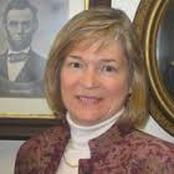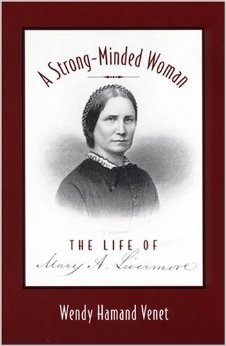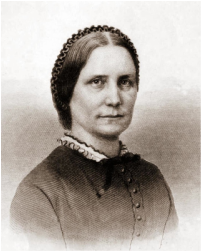
Wendy Hamand Venet’s interest in women’s history began in childhood in the 1960’s. “I read all the biographies of women that I could find in the local public library. Unfortunately,” she said, “there were very few stories about women available at that time.” She has spent the greater portion of her academic life trying to fill these wide gaps in the historical record.
In her own words:
As an undergraduate and graduate student, I pursued the study of women's history and became intrigued by the connections between the antislavery and women's rights movements. My doctoral dissertation (later my first book called Neither Ballots nor Bullets ), focused on antislavery women during the Civil War. I found that Civil War activism led some women toward public careers as women's rights activists in the postwar period. Mary Livermore was one such individual, and I decided to make Livermore the subject of my next book. A Strong-Minded Woman: The Life of Mary Livermore was published in 2005. I have been pleased by the response to this book. One of my goals was to restore this important figure to the place of importance she held in her lifetime. I have received emails and letters from students and interested readers who have come to understand that the women's rights movement involved far more than the partnership of Susan Anthony and Elizabeth Cady Stanton. Several years ago, the White House Historical Association contacted me. Seeking to commission a painting featuring Abraham Lincoln and a Civil War woman, Association leaders selected Mary Livermore after reading my book.
A Strong Minded Woman is an engrossing book—a well told story of a life and time. I recommend it to anyone interested in Civil War and Reconstruction history, and specifically in the contributions of women. Also, please check out Venet’s other books: Neither Ballots nor Bullets: Women Abolitionists and the Civil War (University of Virginia Press, 1991) and most recently A Changing Wind: Commerce and Conflict in Civil War Atlanta (Yale University Press, 2014). She speaks about the Civil war on PBS, NPR and is the co-editor of The Union in Crisis, 2nd ed. and Midwestern Women: Work, Community, and Leadership at the Crossroads.
Thank you Dr. Venet for writing the stories of our foremothers and offering a more complete and intriguing picture of history!
Next blog post in the "Lost Voices" series: The outspoken Eliza Farnham, abolitionist, novelist, activist for prison reform, and feminist.



 RSS Feed
RSS Feed
